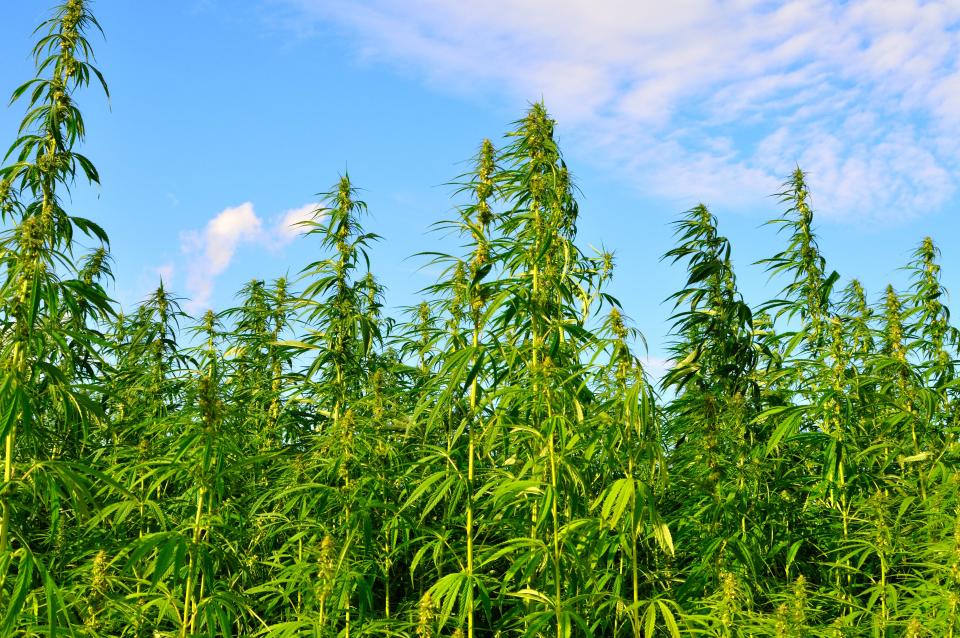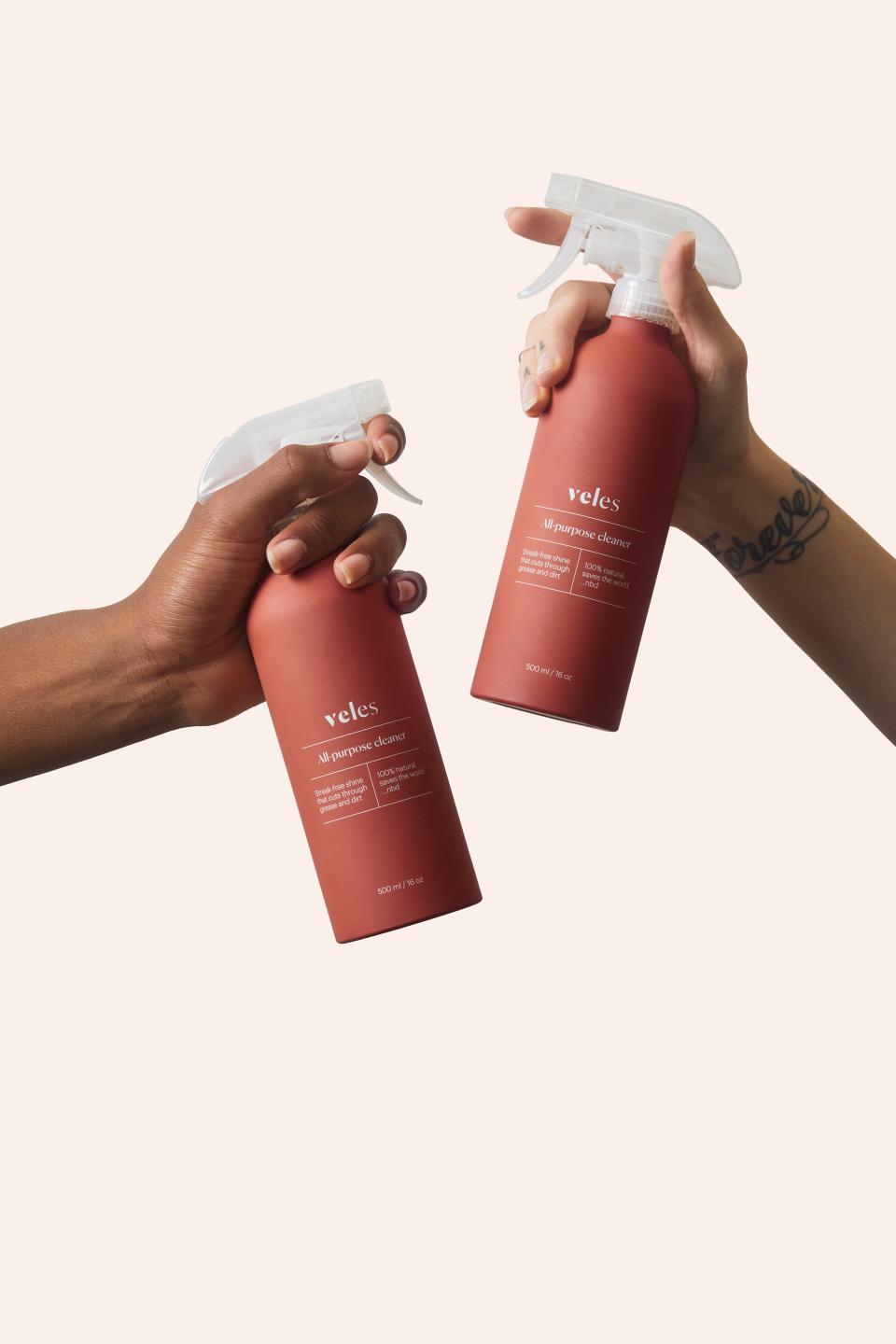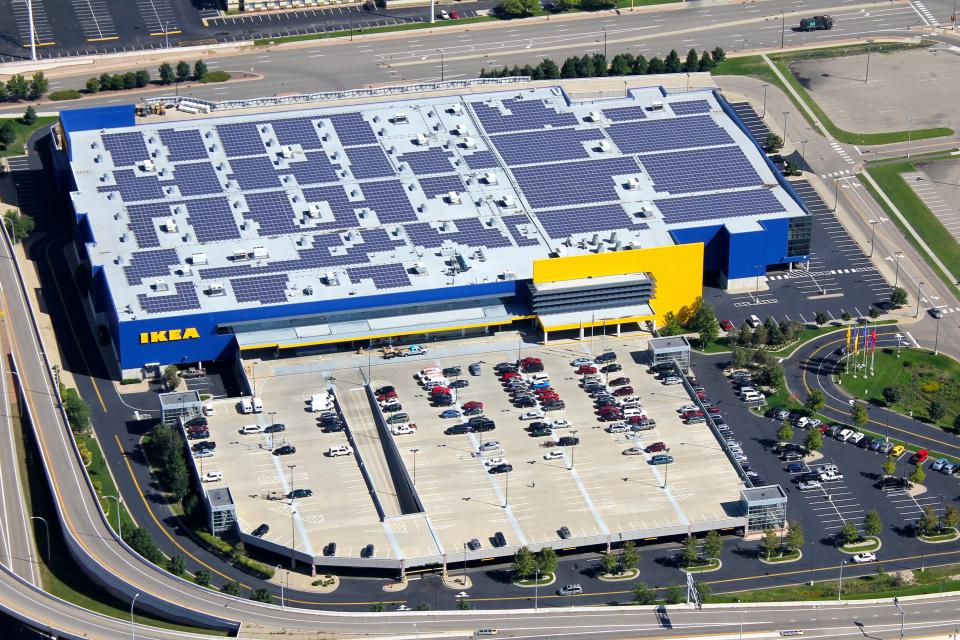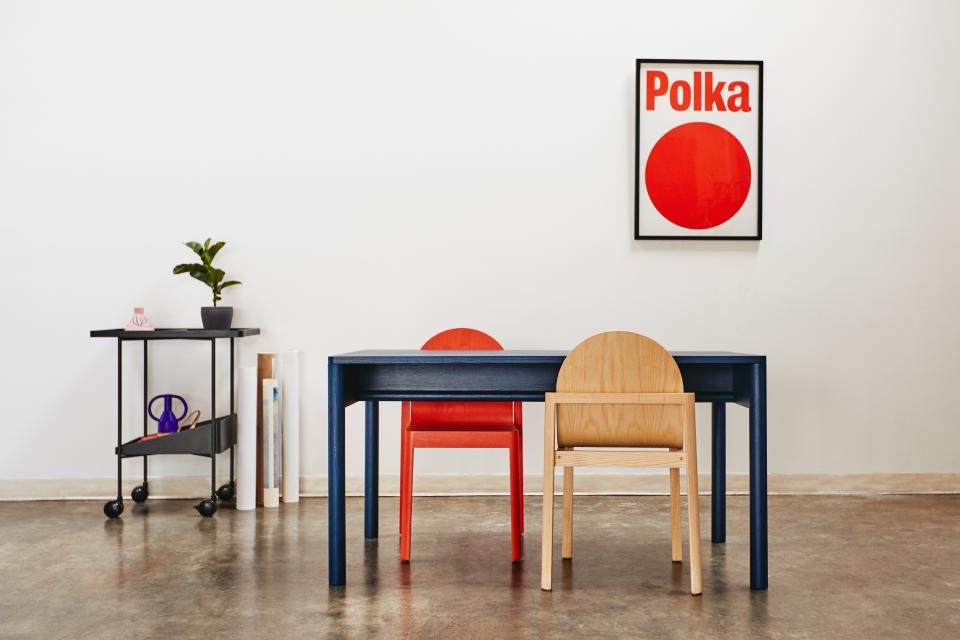What Are Leading Sustainable Design Companies Planning Next?
If we’ve learned anything this year, it’s that we’re all a lot more interconnected than we thought. The COVID-19 crisis has shattered our illusion of individualism and revealed our deep-rooted dependencies on one another in order to protect our communities. The same idea is true of protecting our planet. The fight against climate change requires our care for others to outweigh our own self-centered interests; it requires us to harness all the empathy in our arsenals. In order to continue living the lifestyles we’ve become accustomed to without sparking disastrous harm, creative solutions are necessary. The good news is, we won’t have to forgo fantastic design.
As we grab hold of this extraordinary moment, evaluate our own processes, and vow to become better and more responsible citizens, we’re turning to the sustainability leaders in the home space to reveal the innovations they are working toward for 2021 and beyond.
Creating Transparency
Transparency is a key starting point for brands looking to hold themselves accountable, and customers are demanding it more than ever. Third-party accreditations, such as Greenguard and B Corporation certifications, are a trusted way for brands to prove environmental commitments. In addition to holding numerous leading certifications, Maharam, a commercial and residential textile company, has developed a comprehensive vocabulary for articulating the various impacts of their products. “We prioritize the term ‘reduced environmental impact’ over buzzwords like ‘green’ and ‘sustainable.’ We only apply that term to products that have measurable, documented reductions,” Betsy Phillips, Maharam’s director of strategic partnerships, says. In an era of green-washing where corporate responsibility has devolved into a trendy marketing tool, unsolicited and authentic disclosure is more radical than one might think.
Declare Label was developed in response to this need, as a transparency platform and product database that makes the disclosure process easy for both manufacturers and consumers. Armadillo & Co, a bespoke rug company, recently registered with Declare. Now, each rug comes equipped with a label that presents in-depth sustainability information in synthesized, customer-friendly infographics.
Taking Action

A lot of hemp growing on a hemp farm
If transparency is step one, action comes next. Responsibly sourced materials have been a popular frontier in the design industry for years, but companies including Buffy, West Elm, and Avocado are taking innovation to the next level. Buffy, known for its comforters and sheets made from rapidly renewable eucalyptus fibers, will soon be launching a Soft Hemp Linen Collection. “Not only does hemp absorb about five times more CO2 from the air than trees, but it’s naturally resistant to pests, promotes biodiversity, and actually improves soil quality over time,” says Matt Breuer, VP of marketing. Notably, West Elm also launched a hemp bedding collection this past January. Its hemp offering is blended with organic cotton for maximum softness and is naturally dyed using plant-based materials. And the retailer has made the commitment to sustainably source 100% of its cotton by 2021. With these popular brands leading the hemp trend, it’s hopeful that others will follow.

Ownership over the manufacturing process is a colossal factor in a brand’s ultimate capabilities for sustainability. Amanda Weeks, founder & CEO of Veles, an all-natural home surface cleaner derived from food waste, explains, “In the consumer product space, you have contract manufacturers. Most brands don’t own the production of their products. We do. That alone simplifies the supply chain, reducing the footprint of moving a product around.”
For its part, Avocado, a top-rated organic mattress company and recent recipient of 1% For the Planet’s Pinnacle Award, owns and operates its own farms, processing facilities, and production factories. “By removing the middlemen, we’re able to work symbiotically with farmers, while making sure we meet the strict ecological responsibility practices outlined by our rigorous certifications,” says Mark Abrials, cofounder & CMO. Retaining total control over all steps of the business allows for sustainability measures to remain consistent.
“Circularity” and “closing the loop” are positions we’re beginning to see more eco-conscious brands reach for, but they require long-term plans and sustained dedication. Buffy has committed to a 10-year goal of achieving “closed loop” status by creating specific roadmaps for the next few years. Matt notes that by 2025, the goal is to “rid packaging entirely of plastic and bring manufacturing closer to distribution centers.” Buffy is also working on the impressively ambitious project of sourcing the technology to invent its own sustainable vacuum-seal casings.
Currently, Buffy and Avocado purchase carbon offsets to make up for shipping and factory emissions. In an effort to lower dependency on offsets, Avocado donates 90% of its returned mattresses and all of its returned pillows. And in 2020, Avocado achieved the admirable feat of becoming carbon negative, offsetting more carbon than the company generates, creating a new standard for sustainable brands.
Veles has coined the term “resource negative” to describe its performance as already operating beyond closed loop. Since its base ingredients are derived entirely from food waste, the company is diverting materials from landfills that would otherwise contribute to climate change. It sources its food waste from New York City and manufactures in New Jersey. “Otherwise,” says Amanda, “that waste would travel all the way to a landfill in Ohio or Kentucky. ”

But closed loop status isn’t just for small-batch, independent start-ups in the home space. IKEA is leading the way toward circularity and creating a blueprint for large, mass-market retailers. The company has pledged to become 100% circular by 2030, aiming to exclusively utilize recycled or renewable materials throughout its entire operation. Also by 2030, IKEA has committed to become “climate positive,” a promise to reduce more greenhouse gas emissions than it emits by using renewable energy across its supply chain and practicing responsible forest management and reforestation. As for bite-size goals along the way, an IKEA representative shares that by 2025, the company plans to solely use renewable energy in its on-site facilities and to use electric vehicles for all deliveries. And another fun fact, for good measure? IKEA’s iconic meatballs are set to get a plant-based sibling later this summer.
Adopting an Environment-First Business Model
This all sounds great, right? The only problem is that sourcing sustainable materials, manufacturing locally, and purchasing carbon offsets are all more expensive modes of production. Dims., a handcrafted furniture brand, utilizes for its products only wood certified by the Forest Stewardship Council or the Appalachian Hardwood Manufacturers, ensuring third-party sustainability requirements. But, as Eugene Kim, Dims. founder and CEO, explains, these important certifications automatically drive the price up on the company’s base material. By selling DTC and keeping overhead costs low, Dims. is able to deliver a high-end product without a retail markup. Yet that outcome is only possible because the brand is making an intentional choice to prioritize both the environment and economic accessibility.

If the industry hopes to create real change, sustainable products cannot be a luxury only afforded by a few. “Our current economic situation makes it even more important that we make sustainable living a choice that is accessible for as many people as possible. It should simply be the default option. That is our starting point at IKEA,” says the company representative. Starting from a mentality of sustainability rather than one of consumerism is the crucial difference between brands that are all talk and those that are taking meaningful action.
It’s also important to remember that the effects of climate change disproportionately impact low-income communities and communities of color, making racial justice and economic inequality inherently environmental causes. Not only are marginalized communities less economically prepared to cope with the consequences of extreme weather events caused by climate change, but power plants that emit toxic greenhouse gases are more likely to be placed in communities of color, leaving Black populations, for example, more susceptible to otherwise avoidable chronic illnesses. Understanding this essential link, West Elm became the first home-goods retailer to sign on to the 15 Percent Pledge, an overdue promise to dedicate 15% of design collaborations to Black artisans and increase the share of Black corporate employees to a minimum of 15%. This initiative proves that progressive actions can come in many forms.
Veles is a preeminent example of what is possible when we begin to rethink traditional capitalist strategies in favor of environment-first approaches to formulation. “The company was started to develop solutions for food waste; we didn’t set out to make a cleaner,” says Amanda. “Our thesis is valorization; we’re seeking valuable outputs for the components of waste.” And still, she happened to make a really good product—one that outperforms leading mass-market cleaners in external comparison tests. “There are 1.3 billion tons of food waste in the world. Three tons of food waste yields us about 1,500 bottles of cleaner,” says Amanda. Imagine what could be created with all that material! Instead of quickly scaling into a full suite of cleaning products, Amanda envisions the company growing to develop large-scale multi-waste recycling facilities. Ultimately, the goal is to partner with big companies and serve as a supplier of waste-derived ingredients. Realistically, this kind of innovative and planet-forward business model is the true future of sustainable design and production.
From corporate retailers to independent DTC brands, we need more original thinkers—like the ones above—with solutions that attack environmental issues at the base, instead of course-correcting from the middle. “Climate change is the fundamental issue of our time,” says Mark. “For us to stop its potentially devastating impacts, it’s going to take an all-hands-on-deck effort for a long time.” The inventive actions of these brands are just the beginning, but they represent the next wave of what we should expect from all entrepreneurs. And we, as design-minded consumers, have the power to make that known.
Originally Appeared on Architectural Digest


